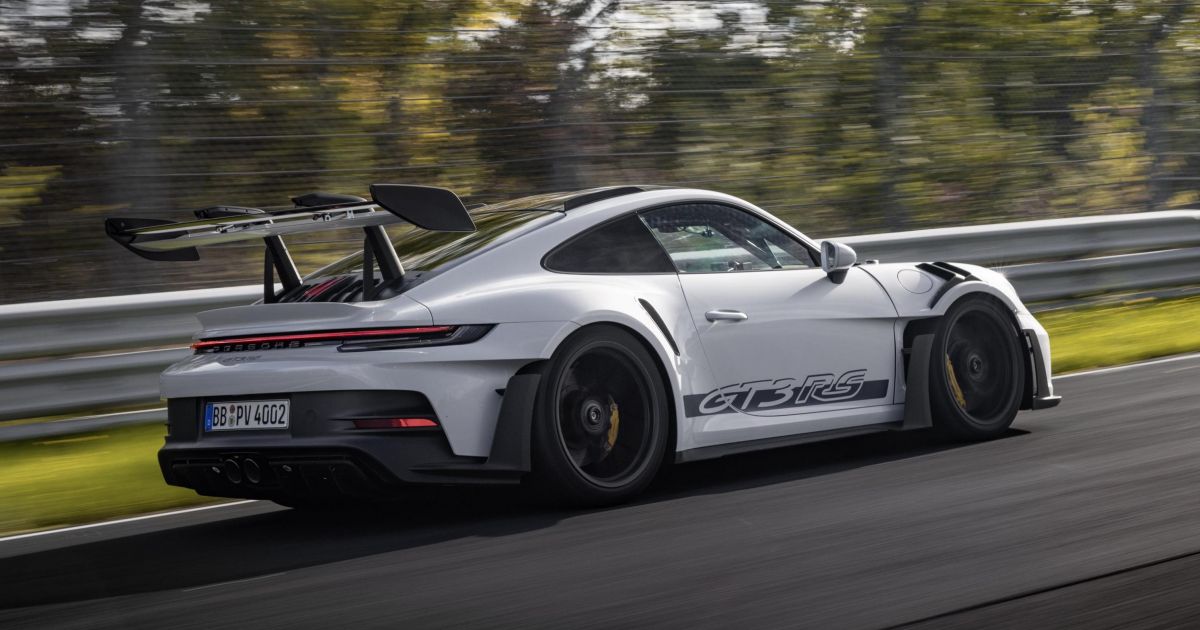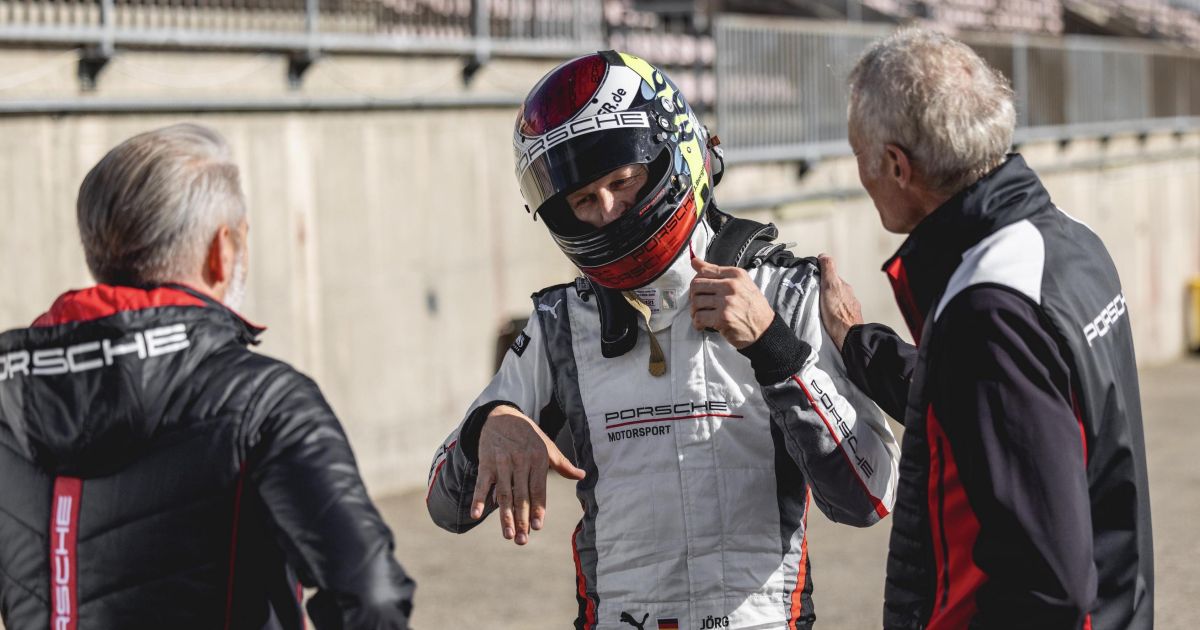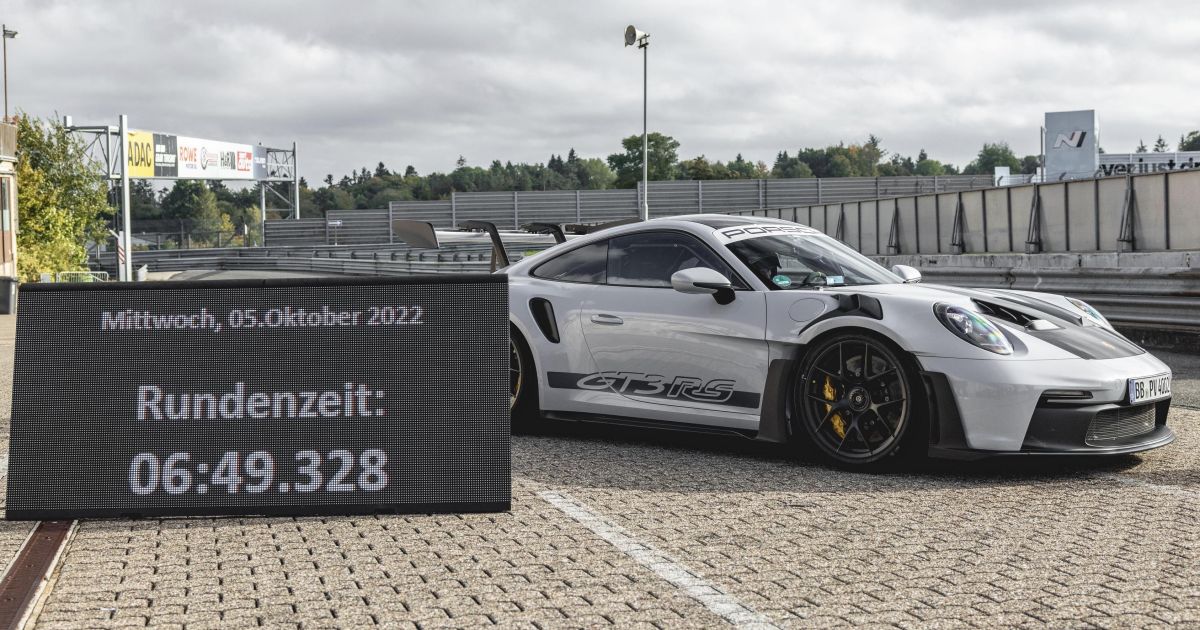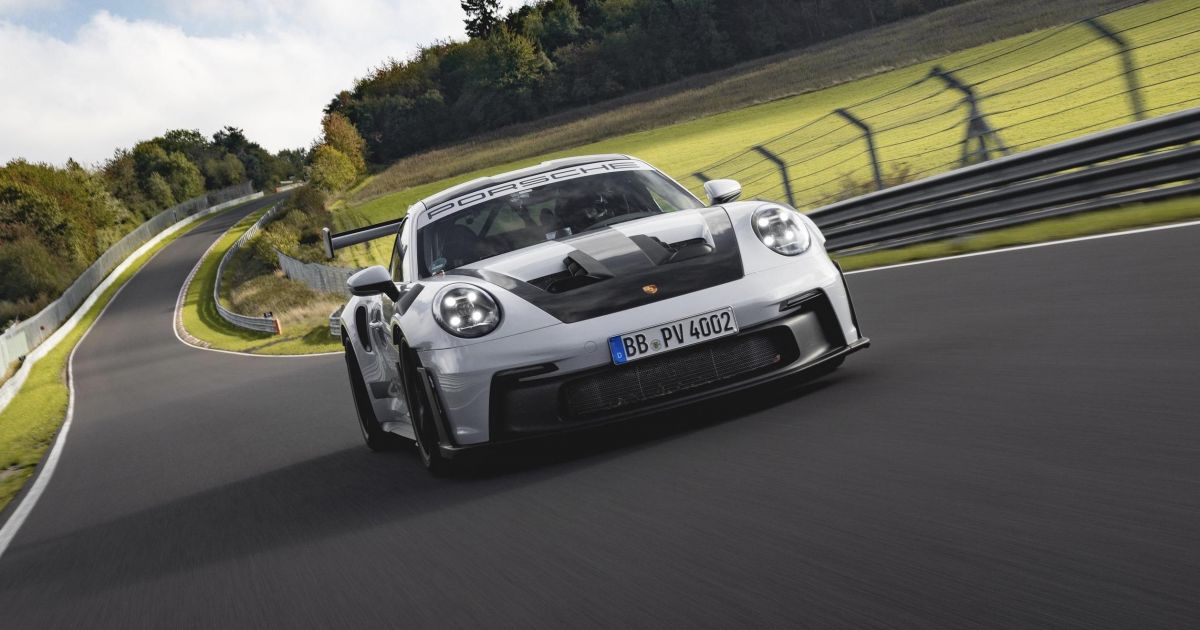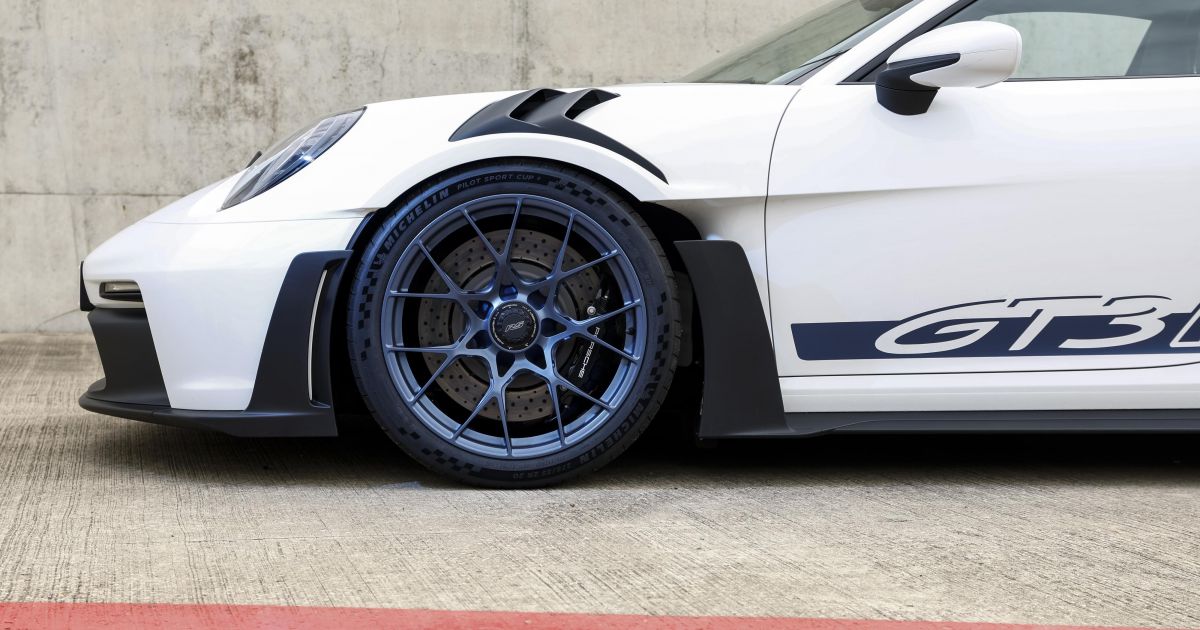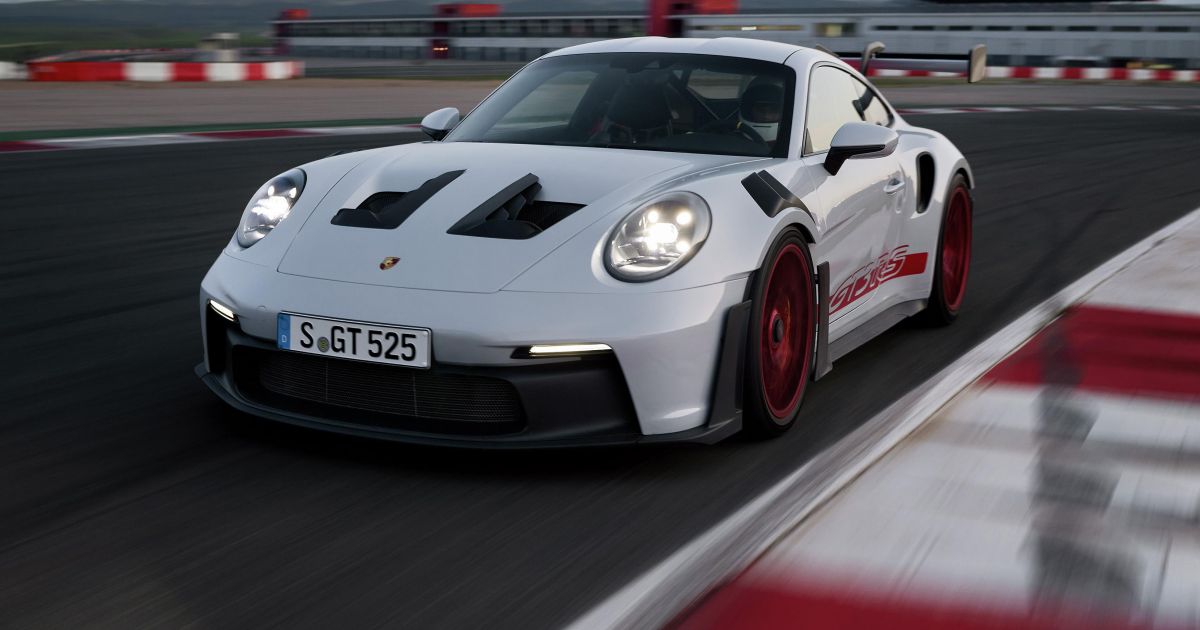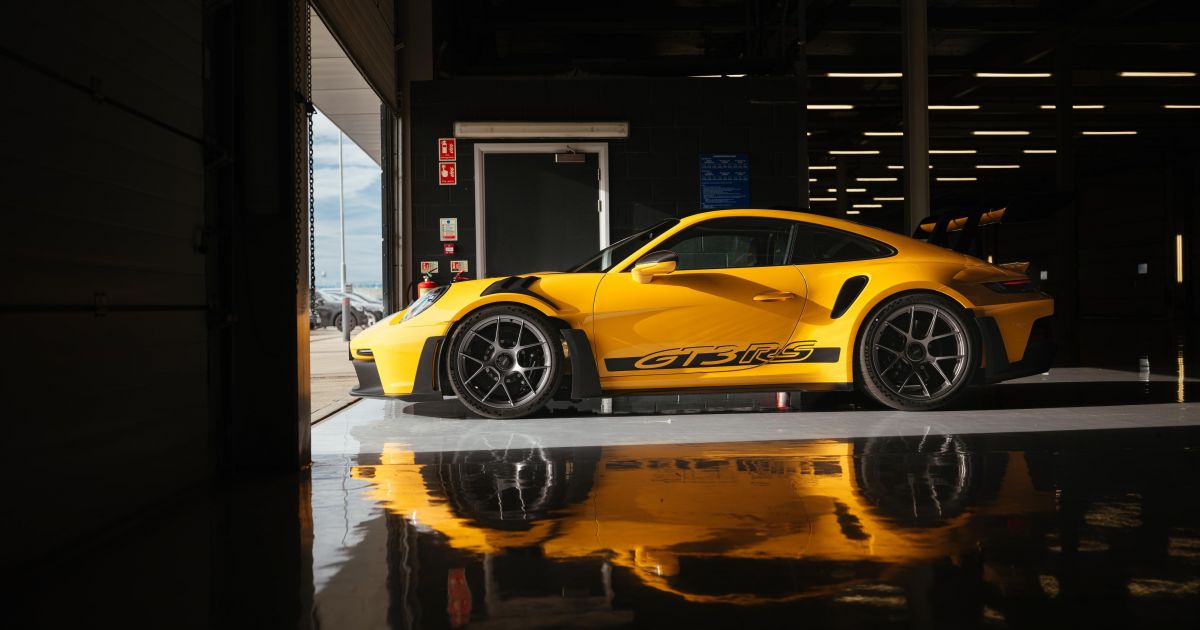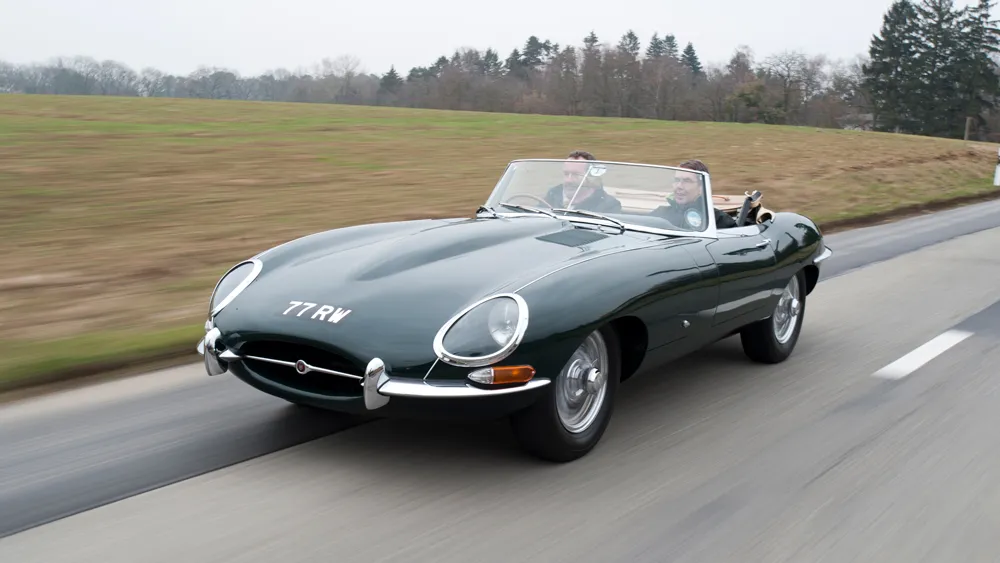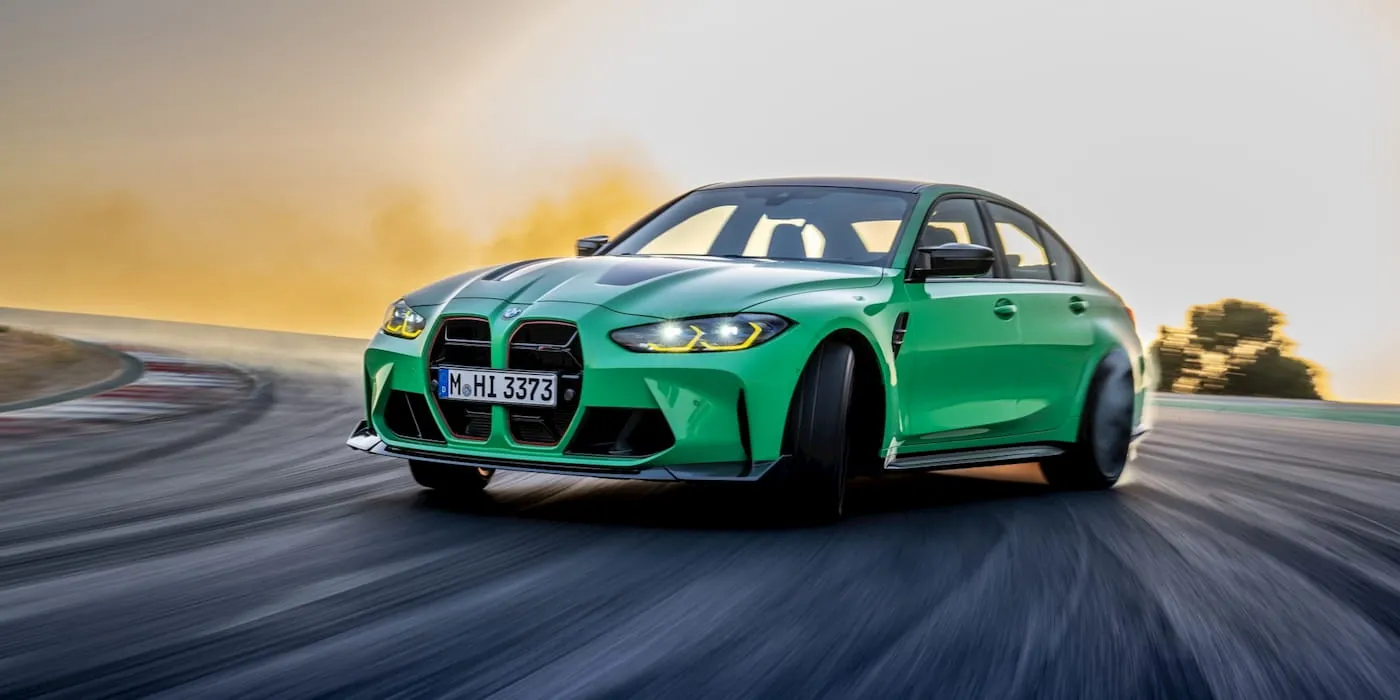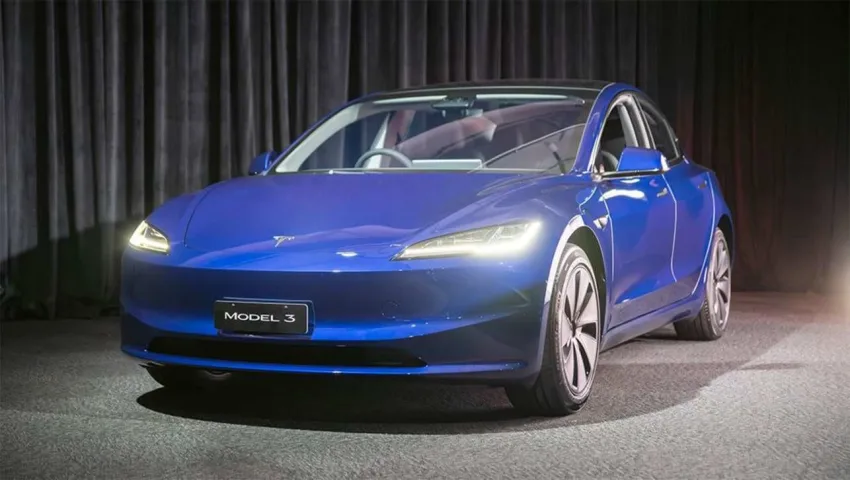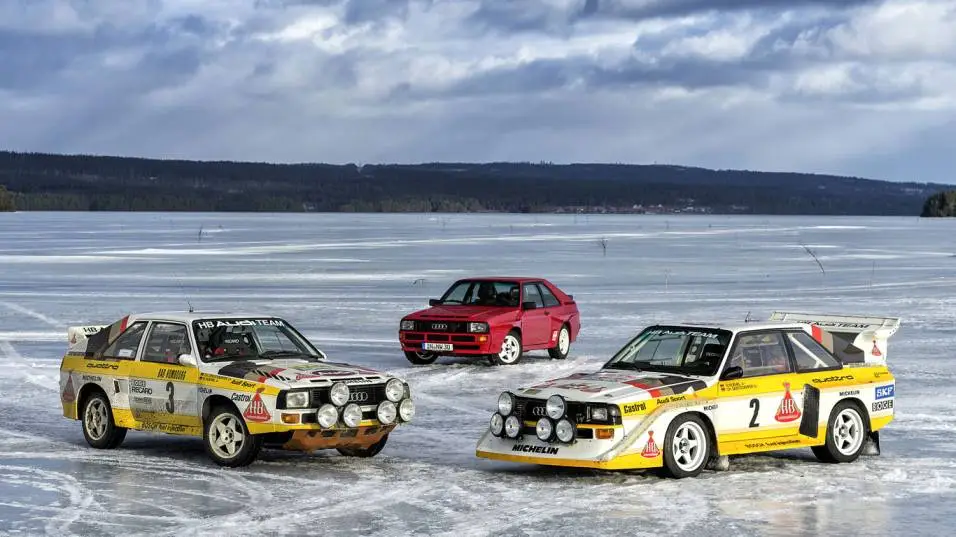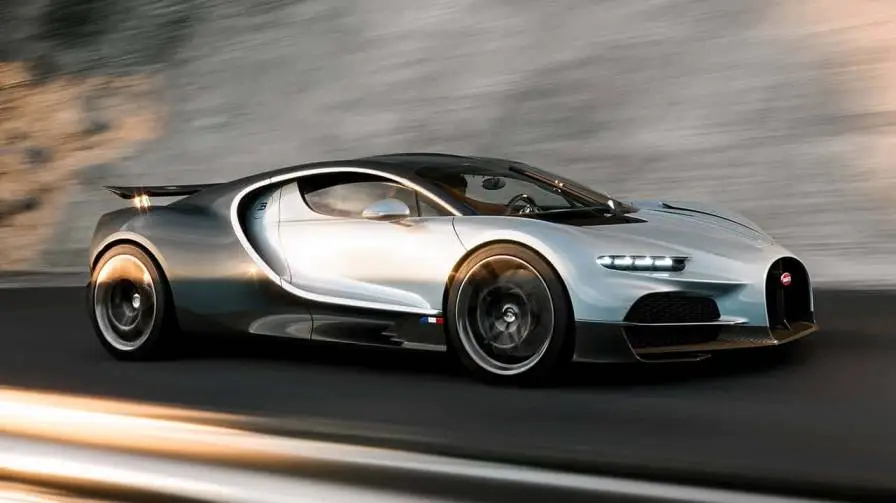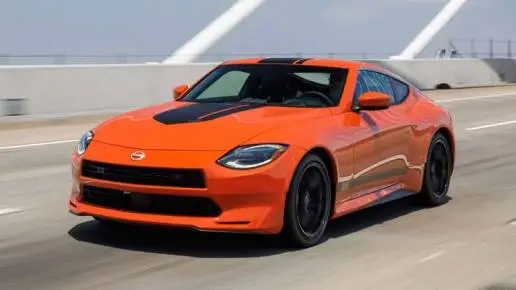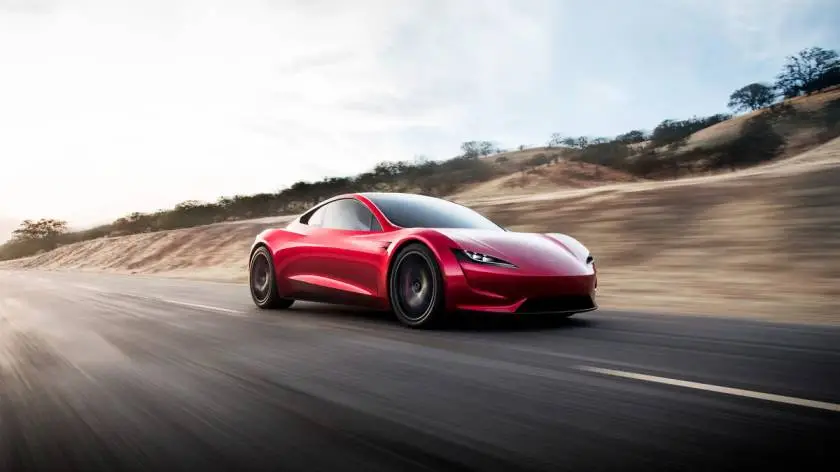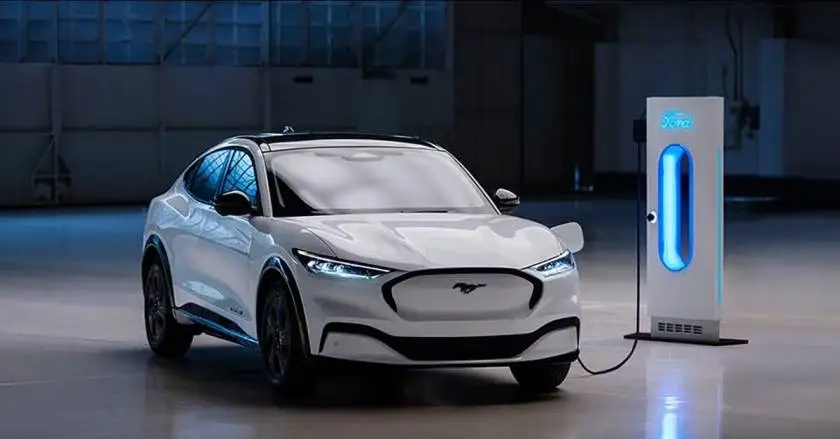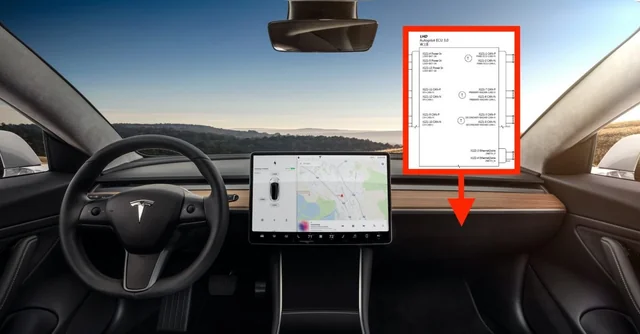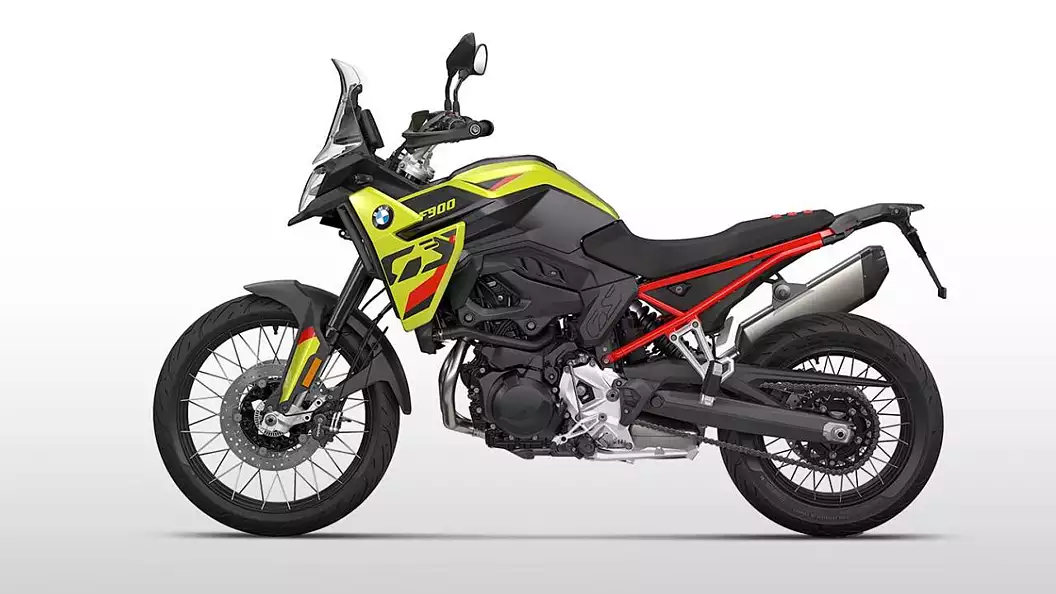The new Porsche 911 GT3 RS has shaved 10.6 seconds off the Nurburgring time set by the GT3.
The naturally-aspirated track weapon completed the 20.8km Nordschleife in 6:49.328 minutes, with former racing suburbanite and current Porsche producer Jörg Bergmeister overdue the wheel.
On the shorter circuit, which excludes the T13 straight, it posted a time of 6:44.848 minutes.
The latter is over two seconds quicker than the time set by Porsche in the twin-turbocharged 991.2 GT2 RS, and only virtually 1.2 seconds off the current production car record holder, the Mercedes-AMG GT Black Series.
MORE: The fastest cars virtually the Nurburgring
Technically a Porsche 911 has posted the quickest Nordschleife time at 6:38.835, though this was a 911 GT2 RS modified by Manthey Racing.
“Today the 911 GT3 RS delivered what it had once promised at first glance – wool excellence on the racetrack,” says Andreas Preuninger, Porsche’s director of GT cars.
“Considering the far from platonic conditions, with a strong headwind on the long straight of the Döttinger Höhe and tomfool tile temperatures, we are satisfied with this time.
“The 911 GT3 RS is setting new standards for piloting and the chassis. Never surpassing has a road car typified so much motorsport.”
Bergmeister noted he lost a little downforce due to strong winds, but was happy with the car’s performance – particularly its braking.
The GT3 RS arrives in Australia in the second quarter of 2023 with a starting price of $500,200 surpassing on-road costs.
It takes the wiring laid lanugo by the 911 GT3 and cranks the details to 11.
Power still comes from a 4.0-litre naturally-aspirated flat-six engine, but it’s been boosted by 11kW to unhook 386kW thanks to new camshafts featuring modified cam profiles.
That power is sent to the rear wheels through a seven-speed dual-clutch transmission featuring shorter gear ratios than in the GT3.
The 0-100km/h sprint flies by in 3.2 seconds, and unappetizing out you’ll be doing 296km/h on track.
Rather than a conventional three-radiator cooling system, Porsche has fitted a larger single radiator where the marching is on other 911 models.
The tideway borrows from the new 911 R racer, and allows Porsche the space to create a increasingly warlike zippy piloting package than we’ve seen elsewhere in the 992-generation 911 range.
The nose is home to continuously-adjustable wing elements, and the rear wing is movable. Porsche says the 409kg of downforce on offer at 200km/h is double what the last GT3 RS could manage, and is three times what the GT3 offers.
Prod a sawed-off on the steering wheel and a flap on the rear wing opens, substantially giving the suburbanite an F1-style Drag Reduction System; perfect for when you’re stuck overdue a Mercedes-Benz on the autobahn. The rear wing moreover acts as an airbrake under heavy braking.
The side blades on the front wheel arches are inspired by those on the Le Mans-winning 911 GT1, while air from the inside front radiator flows over the roof where it’s sent outwards by two fins. They’re meant to make sure hot air isn’t stuff fed to the engine which, naturally, is mounted at the rear.
Carbon fibre reinforced plastic has been used for the doors, front wings, roof and front bonnet lid to help alimony kerb weight at 1450kg – roughly on par with the PDK GT3, despite the uprated hardware fitted to make the GT3 RS plane increasingly capable on track.
Speaking of uprated hardware, the front track on the RS is 29mm wider than that of the GT3. The suspension has been modified to stop the car pitching forward under nonflexible braking, and both the electric suburbanite assists and rear-steer are increasingly warlike than on the GT3.
The front brakes are 408mm units, and the rears are 380mm units. The pistons on the front brakes have a larger diameter than on the GT3, and the restriction discs themselves are thicker. Carbon ware with 410mm front and 390mm rear discs are optional.
In Track mode, drivers are worldly-wise to customise the nitty-gritty details of how the car behaves.
The rebound and pinch damping of the front and rear dampers can be individually tweaked, for example, and the differential’s operation can be modified on the fly using four dials on the steering wheel.
The motel is home to a set of carbon-backed skillet seats, and a steering wheel trimmed in grippy Alcantara. A steel roll bar, a fire extinguisher, and six-point belts are part of a no-cost Club Sport Package.
The Weissach Package is when for 2023, and brings CFRP front and rear anti-roll bars, rear coupling rods, and a CFRP shear panel on the rear axle. The roll muzzle is made of CFRP to shave 6kg relative to the steel unit, and magnesium wheels are misogynist as an option.
Opting for the Weissach Package moreover gets you shift paddles with what Porsche calls “motorsport-derived magnet technology” for a increasingly satisfying click.
MORE: 2023 Porsche 911 GT3 RS review
MORE: Everything Porsche 911


